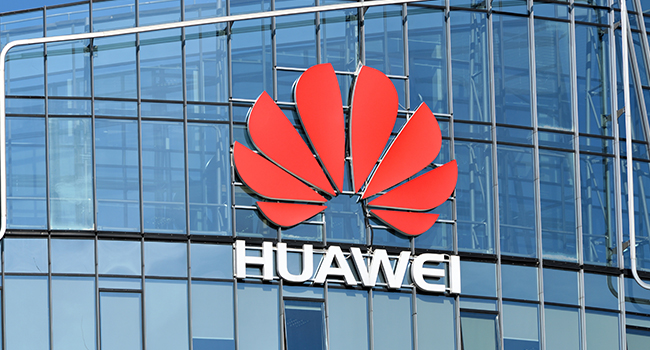
Trump Signs Order to Ban Huawei Brands
President Donald Trump has signed an executive order targeting technology provided by “foreign adversaries,” in what is widely being called a “Huawei ban.”
- By Ralph C. Jensen
- May 20, 2019
President Donald Trump has signed an executive order targeting technology provided by “foreign adversaries,” in what is widely being called a “Huawei ban.”
The move could have a major impact on video surveillance, particularly since Huawei's HiSilicon is used in many IP cameras and recorders. It also makes it easier than ever for the United States to pass a total ban on PRC video surveillance giants like Hikvision and others without needing a new law or raising human rights issues.
Two distinct government actions were launched yesterday.
President Trump signed an executive order (EO) declaring foreign supply chain threats a "national emergency." The EO gives the Commerce Secretary the right to prohibit any transactions, i.e. both imports and exports, by US entities involving "information and communications technology or services" (ICT) made by "a foreign adversary". The E.O. does not name any specific companies/persons but it authorizes the Secretary of Commerce to implement such bans in the future without having to pass a law.
Huawei "and its affiliates", including HiSilicon, were added to the Commerce Department's Entity List, which means U.S. companies are now required to obtain licenses to export many of their products to Huawei/HiSilicon. Licenses are difficult to obtain, operating under an explicit “presumption of denial” policy. The move has a direct and harmful impact on Huawei's supply chain, as the company buys many parts from U.S. firms like Intel, Microsoft, etc. Technically, the rule is only effective once written into the Federal Register, which has not happened yet.
Huawei responded by saying it was "ready and able" to work with U.S. authorities on any security concerns while the move would limit the US to "inferior yet more expensive alternatives".
E.O. Opens Path for Total PRC Manufacturer Ban
The Executive Order (EO) is what one analyst calls "extremely broad," and gives the United States the right to effectively ban any and all transactions between US entities and Huawei or "information and communications technology or services" made by a "foreign adversary."
This is of concern to Hikvision and other PRC manufacturers because the EO defines ICT as:
“any hardware, software or other product or service primarily intended to fulfill or enable the function of information or data processing, storage, retrieval, or communication by electronic means, including transmission, storage and display;”
This broad definition could easily include video surveillance equipment. Additionally, the EO targets any ICT goods produced by persons or entities "owned by, controlled by, or subject to the jurisdiction or direction of a foreign adversary." This language is highly similar to the NDAA ban, which grouped these "entity[s] owned or controlled by, or otherwise connected to, the government of a covered foreign country."
Sanctions Risk
This news comes not long after the New York Times reported that the Trump administration shelved tough Magnitsky human rights sanctions due to their politically sensitive nature. Now, this latest expansive EO empowers the U.S. government to make the same severe sanctions on foreign ICT providers due to national security concerns, rather than human rights.
Were this to happen, the companies would be barred from operating in the United States and barred from buying U.S. parts, which would hit revenue and have a harmful impact on their supply chains, particularly their AI ambitions. However, it remains unknown whether that will actually happen.